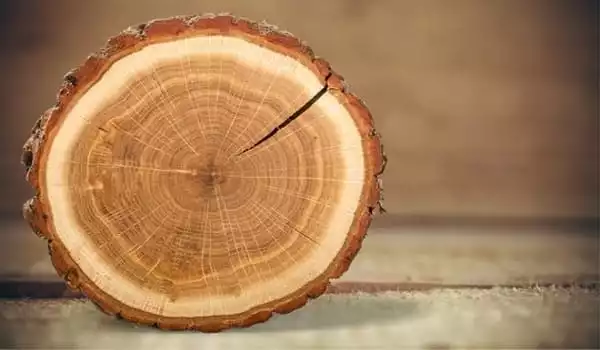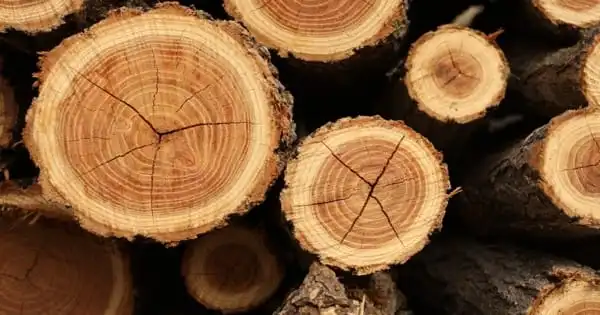Forests all around the world have the ability to remove carbon from the atmosphere, aiding in the fight against global climate change. However, how much carbon they actually absorb is still unknown, and tree ring data can help, according to recent research synthesis.
Having a solid estimate of the amount of carbon that forests can remove from the atmosphere is critical for global climate accounting; leaders are banking on trees to bring a significant amount of human-produced carbon back to earth. However, the ability of trees to sequester carbon is not as simple as it appears on paper.
In a recent research synthesis, Justin DeRose from the Department of Wildland Resources and colleagues from throughout North America proposed using tree ring data from forest inventory plots to address the uncertainty in predicting the carbon that forests can sequester.
Oceans, soils, and forests are ‘carbon sinks,’ meaning they can remove more carbon from the atmosphere than they put in. Countries all throughout the world rely on carbon sinks to achieve net-zero emissions. The intricate and sensitive ecology of these systems, on the other hand, remains relatively unpredictable. There are still questions about how forests will adapt to climate change and how to assess what forests can do to assist balance carbon balances.
We need to get organized, with a more cohesive, forward-looking approach, nationally, continentally, and globally. Incorporating tree ring data into the carbon equation would provide a far more nuanced, fuller picture on how forests are responding to the changing climate system.
Professor DeRose
Traditionally, the worldwide total for carbon removed from the atmosphere by carbon sinks has been determined indirectly by calculating the difference between human-produced emissions, the amount of carbon in the world’s oceans, and the level of CO2 concentrations in the atmosphere. Adding data from existing (and future) collections of tree rings to that indirect computation might provide an on-the-ground, direct record of the carbon accumulated by individual trees and forests, with the specificity of an annual time stamp, according to DeRose. Researchers might then scale up to predict forest-wide and continent-wide carbon savings.
There is some available tree ring data from recent inventories, but additional study is required to assess what this data offers in terms of carbon sequestration. A few things must happen first for such a system to succeed, according to DeRose.

National programs such as the U.S. Forest Inventory and Analysis Program could collect tree ring samples as well as associated forest data. Historically, the purpose of these initiatives has been to better understand forest change, but they are also an excellent instrument for answering concerns regarding carbon and climate systems. Although some inventories have acquired tree core samples, their continuing collection in all woods will necessitate a dedicated effort.
“We need to get organized,” said DeRose, “with a more cohesive, forward-looking approach, nationally, continentally, and globally.”
According to DeRose, tree ring data acquired from these forest surveys give a plethora of tree- and plot-level information. Creating a systematic, large-scale sample of tree rings could result in a record of tree development spanning location and time, from microsite to macrosystem and from years to centuries, with additional detail to separate out the environmental and human-influenced drivers of growth.
“Incorporating tree ring data into the carbon equation would provide a far more nuanced, fuller picture on how forests are responding to the changing climate system,” he said.
The authors of the synthesis make the argument for sampling tree rings in forest inventories across North America in order to bring together essential data to quantify and understand how forests are evolving, as well as how much carbon they can contain as the globe fights global climate change.





